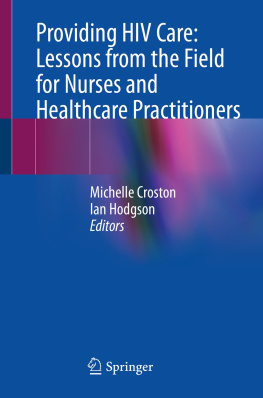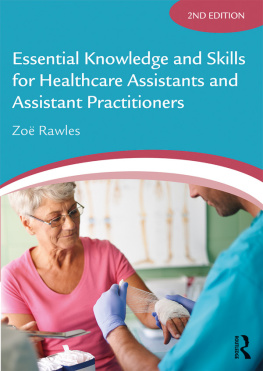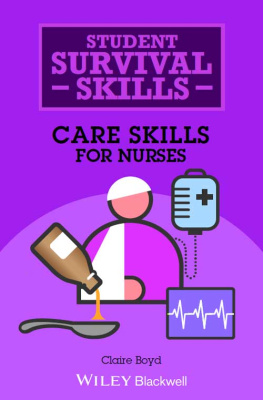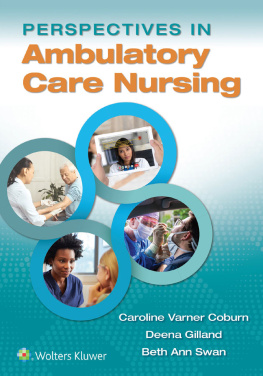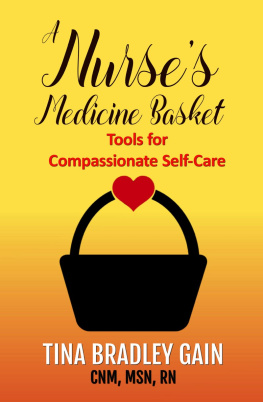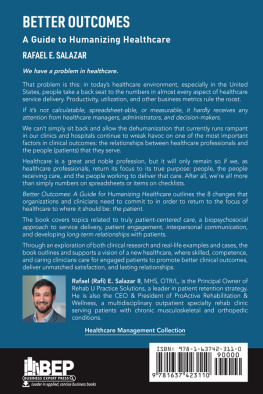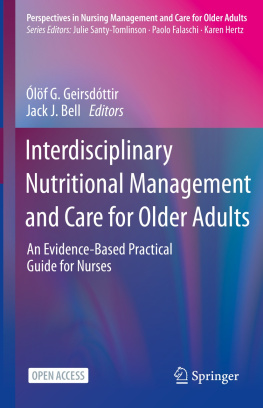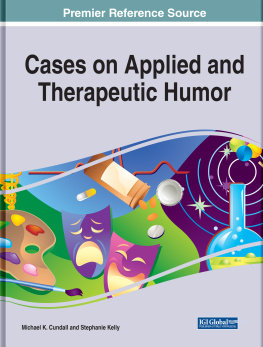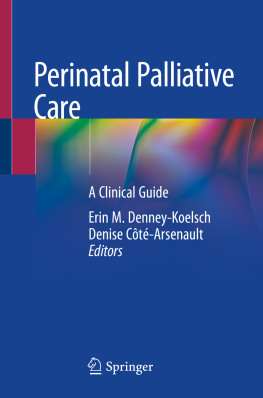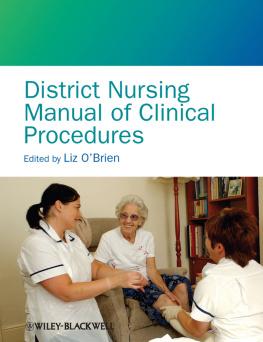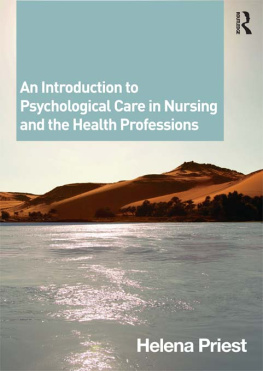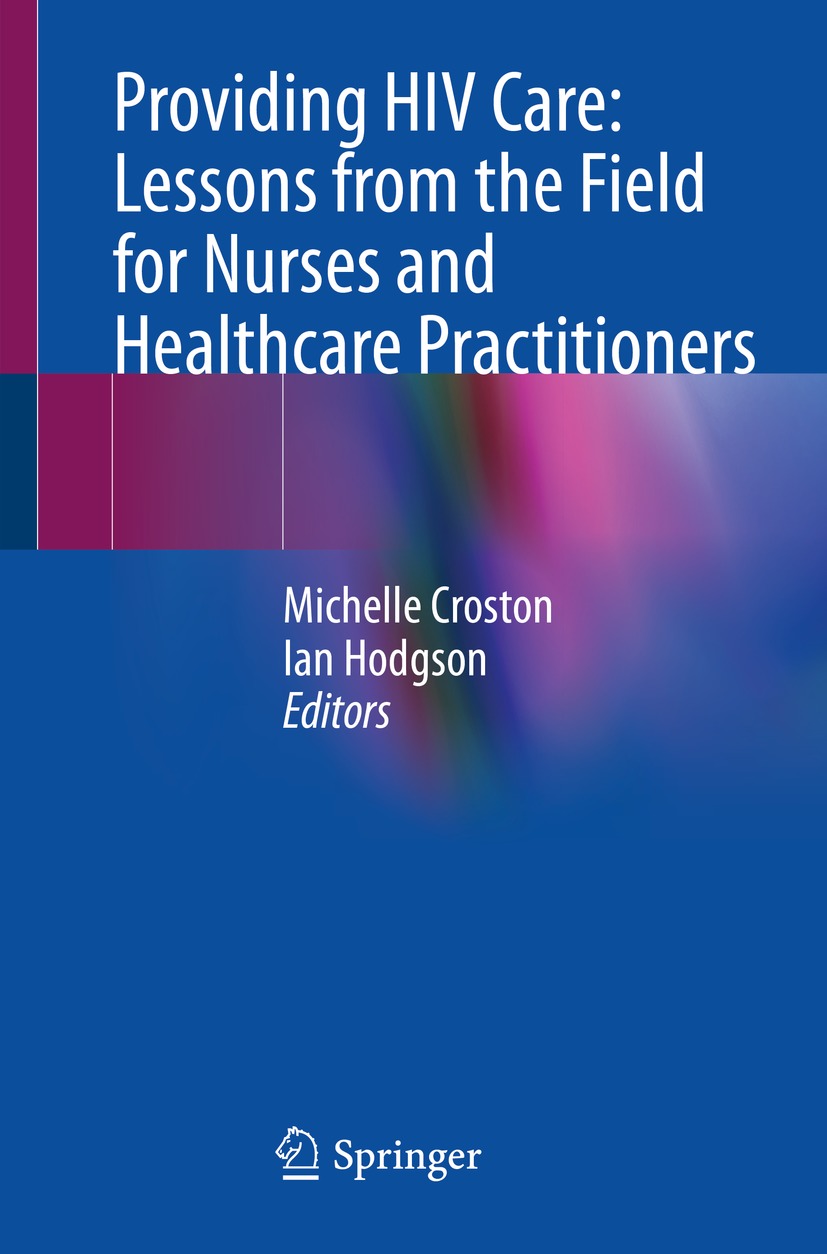Editors
Michelle Croston and Ian Hodgson
Providing HIV Care: Lessons from the Field for Nurses and Healthcare Practitioners
1st ed. 2021

Logo of the publisher
Editors
Michelle Croston
Department of Nursing, Manchester Metropolitan University, Manchester, UK
Ian Hodgson
Independent Consultant in Global Health, Sheffield, UK
ISBN 978-3-030-71294-5 e-ISBN 978-3-030-71295-2
https://doi.org/10.1007/978-3-030-71295-2
The Editor(s) (if applicable) and The Author(s), under exclusive license to Springer Nature Switzerland AG 2021
This work is subject to copyright. All rights are solely and exclusively licensed by the Publisher, whether the whole or part of the material is concerned, specifically the rights of translation, reprinting, reuse of illustrations, recitation, broadcasting, reproduction on microfilms or in any other physical way, and transmission or information storage and retrieval, electronic adaptation, computer software, or by similar or dissimilar methodology now known or hereafter developed.
The use of general descriptive names, registered names, trademarks, service marks, etc. in this publication does not imply, even in the absence of a specific statement, that such names are exempt from the relevant protective laws and regulations and therefore free for general use.
The publisher, the authors and the editors are safe to assume that the advice and information in this book are believed to be true and accurate at the date of publication. Neither the publisher nor the authors or the editors give a warranty, expressed or implied, with respect to the material contained herein or for any errors or omissions that may have been made. The publisher remains neutral with regard to jurisdictional claims in published maps and institutional affiliations.
This Springer imprint is published by the registered company Springer Nature Switzerland AG
The registered company address is: Gewerbestrasse 11, 6330 Cham, Switzerland
Acknowledgements
We would like to thank all the authors who devoted hours of their precious time to contribute to this book, during a year that was especially clinically and personally demanding due to the COVID-19 pandemic. The world is a better place, and patient care a higher quality, because of your dedication and tireless work to improve outcomes for people living with HIV. We are grateful to Springer for support, patience, words of encouragement, and assistance in publishing our work.
Ian would like to thank his daughter Carrie for endless patience and support, and for always taking an active interest in his work. He would also like to thank the many people he has met over the years, on many continents, for their inspiration and wisdom.
Michelle would like to thank her daughter Harriet, son Louis, mum Pauline, and dad Mike, for their endless support, cups of tea, and gentle words of encouragement.
Ian and Michelle would also like to acknowledge each other in terms of their mutual support, professional respect, sense of humour, and determination that has spanned over 20 years to make this a resilient friendship.
Finally, we would both like to thank all the people living with HIV for sharing your stories, experiences, and journey with us. You continue to inspire us to provide the best care possible.
Introduction
At the time of writing this book, based on data from 2019, 38 million people globally live with HIV [1]. The burden of the epidemic varies considerably between countries and regions, yet healthcare professionals continue to rise to the challenge by adapting new ways of working. Pioneering nurses and healthcare professionals continually champion creative solutions to deliver exemplary models of care in HIV services in response to the ever-evolving needs of people living with HIV.
Advances in HIV treatment mean people diagnosed with HIV now live much longer, healthier lives. In many countries, there has been rapid progress in timely HIV diagnosis, access to treatment, and viral suppression, as advocated by the UNAIDS worldwide targets of 90-90-90 (90% of people living with HIV to be diagnosed, 90% of those diagnosed to be on treatment, and 90% of those treated to have an undetectable viral load) [2]. This has also resulted in a significant proportion of people living with HIV now being unable to transmit the virus to others. This is based on evidence that an undetectable viral load means the virus is untransmittable, reflected in the U=U campaign [3]. Whereas these scientific advances are hugely welcome, new challenges have emerged in HIV care. Many of these are psychosocial in nature and include factors that impact on a persons quality of life such as lifelong adherence to treatment, ageing, stigma, and disclosure. The landscape of HIV care is therefore in a constant state of flux, never more evident than during the recent COVID-19 pandemic. There has been immense stress on the capacity for HIV care to maintain services. Healthcare professionals working in HIV care are striving to deliver high standard, person-centred care whilst facing the uncertainty of what this might mean in light of global health challenges. That said, services are now beginning to respond, giving rise to innovative thinking and opportunities to reflect on how services can be delivered in different ways. Ongoing reflection is crucial in all areas of nursing care, and the chapters in this book are designed to help people consider their own practice. It offers an opportunity to explore alternative ways to deliver high-quality care to meet the ever-changing needs of people living with HIV and the evolving capacity of health systems in which they work.
Features of the Book
Within this book, each of the chapters is structured so as to enable the reader to consider their own clinical practice by reflecting on the theories and concepts discussed by the authors. Within the main body of the chapter, the authors include a mixture of reflection points, activities boxes, cases studies, and resources boxes designed to support your learning. The book has not been designed to be used as a workbook, so we recommend you to use a separate notebook for any written reflections or activities, so you can refer to them at a later date.
The book can be used in a variety of different ways. You may choose to focus on the chapters relevant to your particular area of practice or development need or you may choose to read the book in its entirety. Where possible, we have grouped chapters by broad topic to facilitate your learning. Whatever approach you take, we do hope you enjoy the chapters, and that the material adds value to your clinical practice.
Chapter Overviews
Chapter 1: We Broke the Rules: Building the Foundation of HIV Nursing
HIV nursing has had, and will continue to have, a critical role in the treatment and care of people living with HIV (PLHIV). In the 1980s and 1990s, HIV was a devastating, stigmatised disease with no cure. In response to this crisis, HIV nurses transformed the fundamentals of care. Within this chapter, Jane examines how and why these changes occurred and tells the stories of the nurses experiences on the front line. Jane starts the historical journey in the 1960s with the radicalising social, cultural, and economic landscape which stimulated nurse academics to challenge the biomedical model and develop new nursing theories and innovative practices based on holism. These theories inspired the new HIV nurses to develop nursepatient partnerships based in person-centred models which became the central element of the HIV nursing legacy. As HIV transformed into a chronic condition with new treatments, nurses transformed their role to meet the changing needs of people living with HIV, never losing sight of the person-centred approach. This history has implications for todays HIV nurses. It is a history we share with those diagnosed before treatment was available, some of whom are still alive today. We witnessed their pain and loss, their anger and determination, their humour; all of which has shaped their journey and ours.

